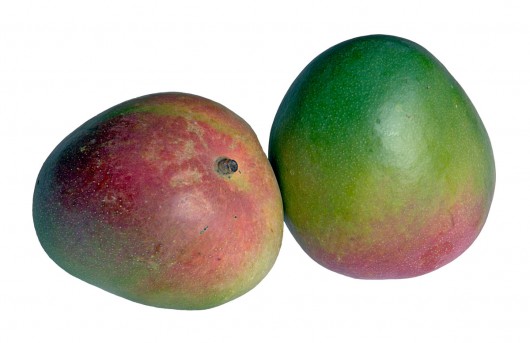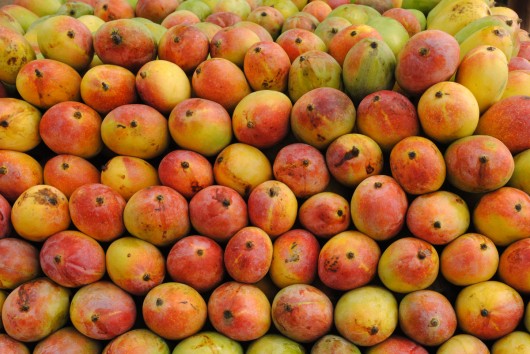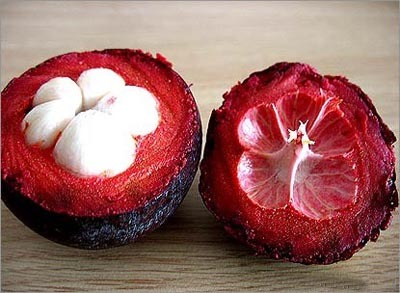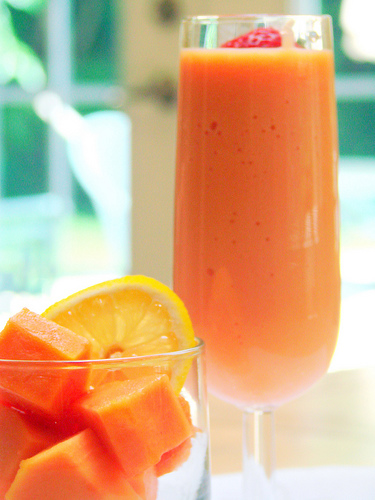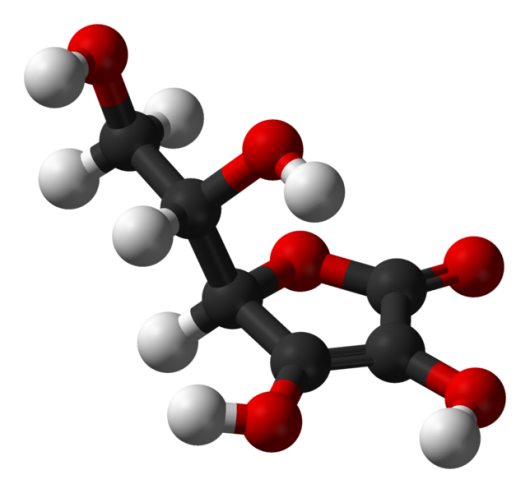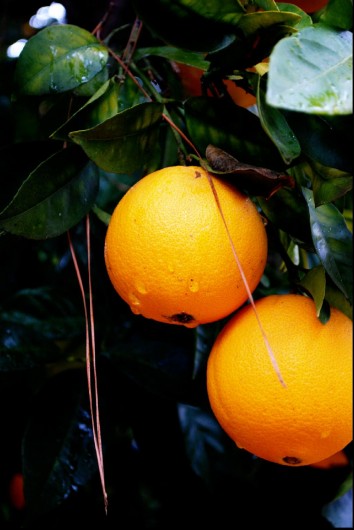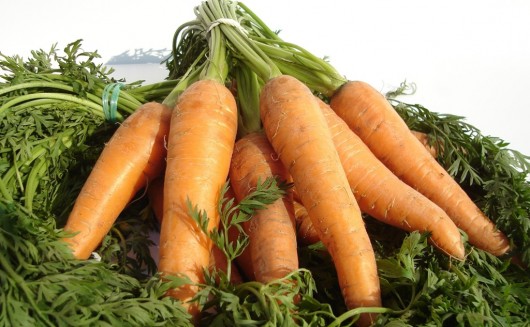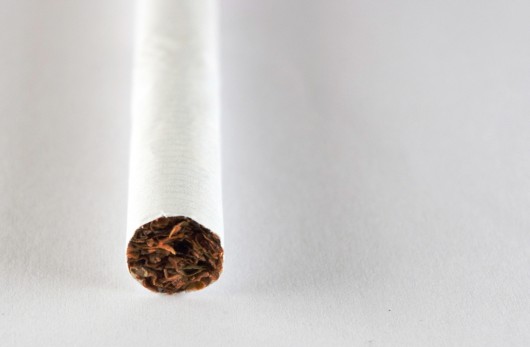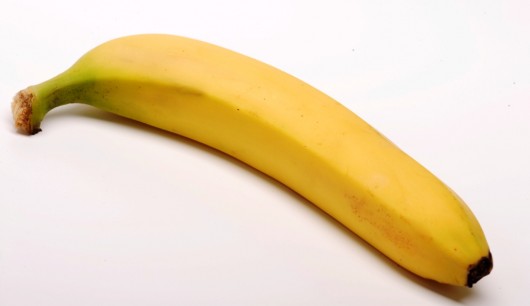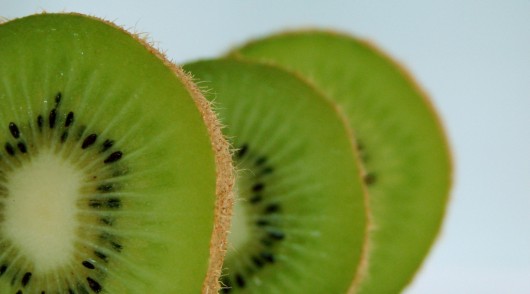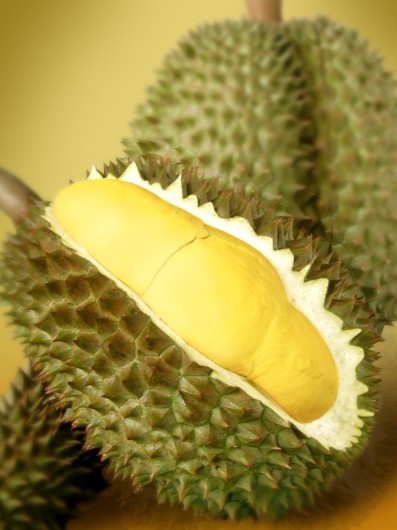Health Benefits of Mangoes and Mango Juice
Everyone knows that fruit is an important component of a healthy diet. Mangoes and natural mango juice, in particular, are an understated fruit and juice because many people seem to still be simply practicing the “an apple a day keeps the doctor away” philosophy. Mangoes and mango juice are rich in various vitamins, nutrients and antioxidants. It’s important to avoid certain mango juice products that can be high in sugar and are not natural and consequently, aren’t all that healthy. Eating mangoes or drinking mango juice somewhat often can offer several advantages, beginning with essential vitamin and mineral consumption.
Vitamins Found in Mangoes and Mango Juice
Mangoes and mango juice are bursting with Vitamin A and C, iron and potassium. Vitamin A is noted by medical professionals for its immense contribution to good vision. Vitamin C supports a healthy immune system. Both Vitamin A and C are classified as antioxidants among professionals, which have the potential to contribute to cancer prevention. Potassium also supports high energy and, according to doctors, can even help aid hypertension. Potassium also contributes to healthy heart function and the prevention of future heart issues. Iron is essential in maintaining a high energy level and a lack of iron can result in several dangerous health conditions (such as anemia). Mangoes and mango juice are overflowing with many vitamins and therefore have the ability to prevent you from obtaining a cold or infection and the potential to ward off certain types of cancers.
Even More Health Benefits Connected to Mangoes and Mango Juice
A recent study conducted by the Medical Daily Reporter showed that mangoes have “digestive enzymes” that can assist in proper digestion and soothe an upset stomach and therefore associated stomach aches and pains. Mangoes are also full of fiber. Adequate amounts of fiber ingested guides the body down the path of healthy digestion and normal bowel movements(relief from stubborn constipation or diarrhea). This website shows that mangoes have the power to help with memory and to refresh and rejuvenate skin. This means that mangoes and mango juice can deeply cleanse your pores and possibly lead to radiant, acne free skin.
Mangoes also provide sufficient amounts of folic acid, an imperative item in maintaining a healthy pregnancy free of complications. Mangoes are also noted for promoting healthy blood flow. Mangoes and mango juice even have the ability to decrease heavy, uncomfortable blood flow for women during menstruation. Another great advantage of mangoes is their low caloric content. You can get feel fully content after eating a healthy meal or snack, including mangoes, while still sticking to a low calorie diet.
Eating a Mango or Drinking Mango Juice After Exercising
It’s common knowledge that during a work-out, calories are burnt, energy is utilized and therefore nutrients are lost. Research has shown that mangoes are the perfect food for replenishing the body after a work out and regaining lost vitamins and nutrients. Some claim that mangoes and mango juice can eliminate body odor after a strenuous, sweaty workout.
Clearly, the advantages that go along with consuming mangoes or natural mango juice are undeniable. Mangoes and mango juice are tasty, sweet and quite healthy. They both provide remarkably nutritious benefits externally and internally. Maintaining or switching to a healthy lifestyle is totally feasible if you start with a simple step like eating a mango or drinking a glass of mango juice. Ultimately, with the copious amounts of health advantages attached, there’s no reason not to at least try making mangoes or natural mango juice an active part of your diet.
